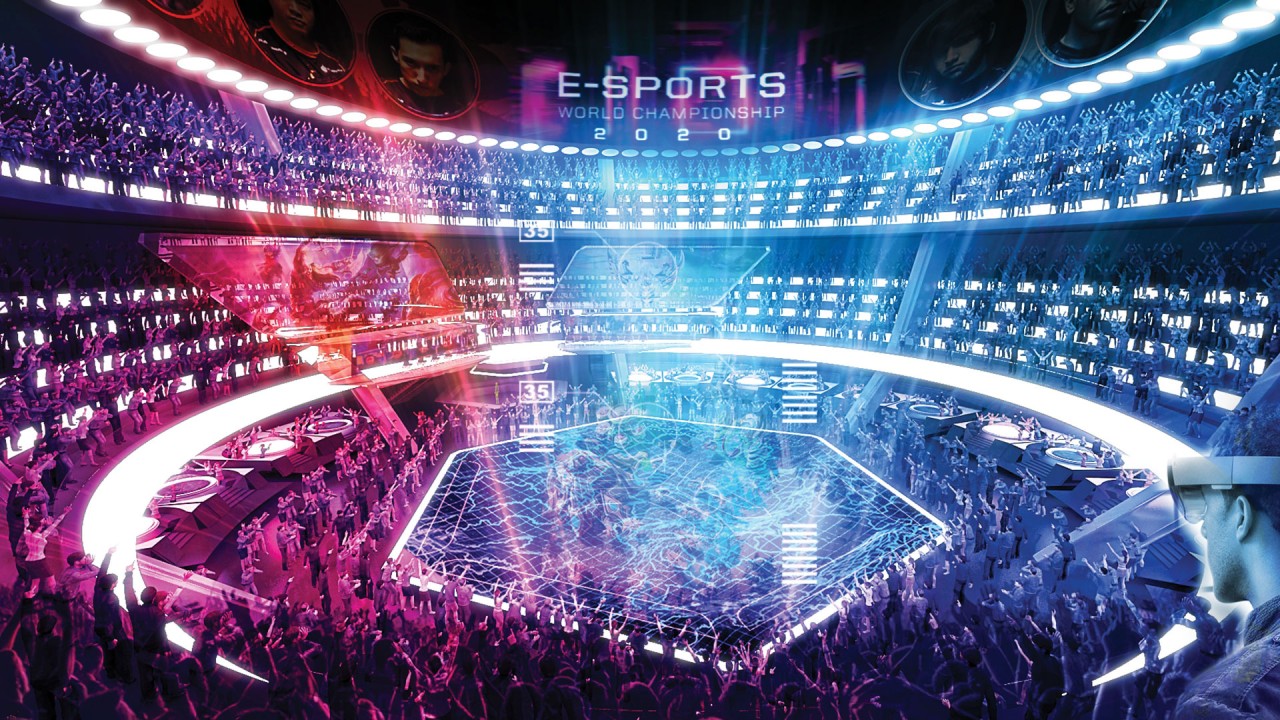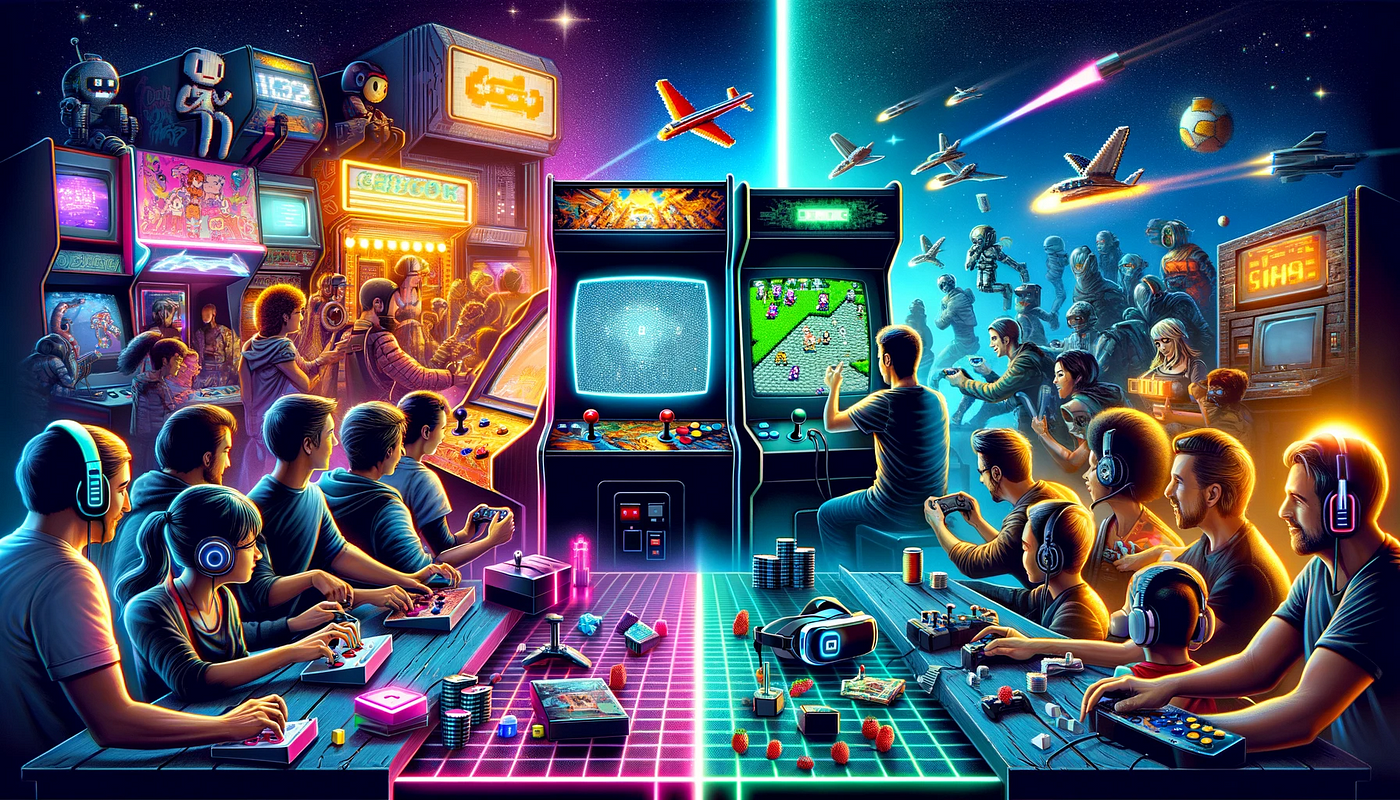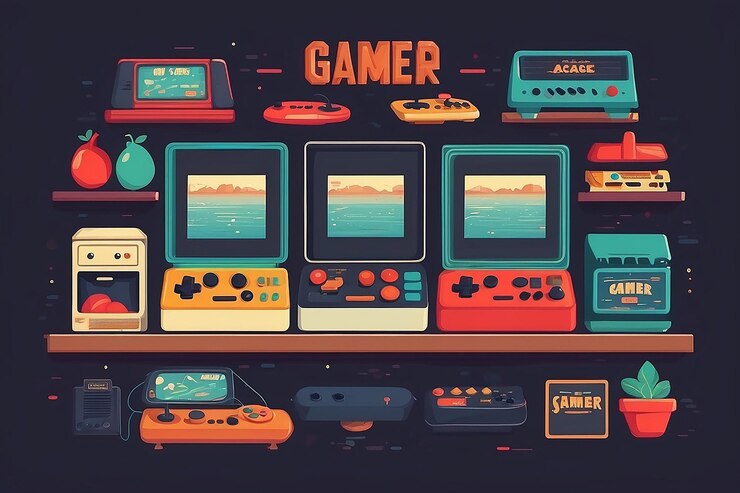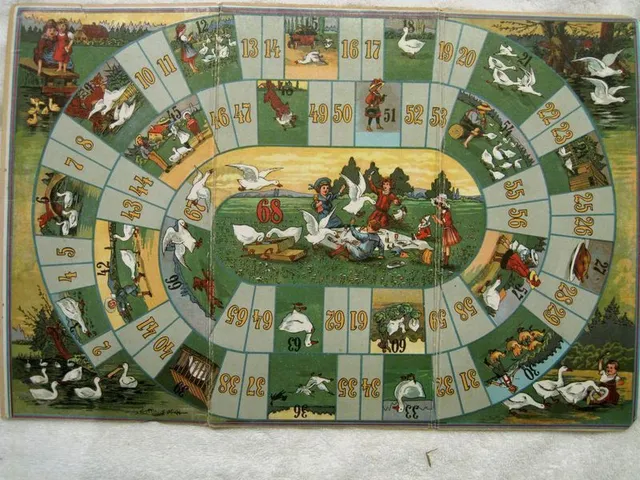The world of gaming has undergone a phenomenal transformation over the decades. From the pixelated simplicity of Pong to the hyper-realistic landscapes of modern titles, the journey of gaming graphics is a testament to the relentless pursuit of realism and immersion in the gaming industry. This exploration will take you through the evolution of gaming graphics, the technology behind it, and how it has shaped the gaming experience we know today.
The Humble Beginnings – 2D Pixel Art

The journey begins in the 1970s and 80s, when 2D pixel art was the norm. Games like Space Invaders and Pac-Man boasted simple, colorful graphics that, while basic, were captivating in their simplicity. This era was dominated by arcade games, which used raster graphics – a technique that uses a grid of pixels to form an image.
The Advent of 3D Graphics

The 1990s heralded a new era in gaming graphics with the advent of 3D graphics. Games such as Doom and Quake introduced gamers to a new dimension of gameplay, featuring more complex environments and character models. This era saw the rise of polygonal rendering, a technique that uses polygons to create 3D graphics.
The Rise of Realism

As technology advanced, so did the quest for realism in gaming graphics. The late 1990s and early 2000s saw games like Half-Life and Grand Theft Auto III pushing the boundaries of what was possible, featuring more detailed environments and character models, and more realistic lighting and physics.
High Definition Era

The mid-2000s marked the beginning of the high definition era. Games like Crysis and Gears of War showcased stunningly detailed graphics, with high-resolution textures, advanced lighting effects, and realistic physics. The introduction of HD consoles like the Xbox 360 and PlayStation 3 further pushed the boundaries of what was possible in gaming graphics.
The Impact of GPUs
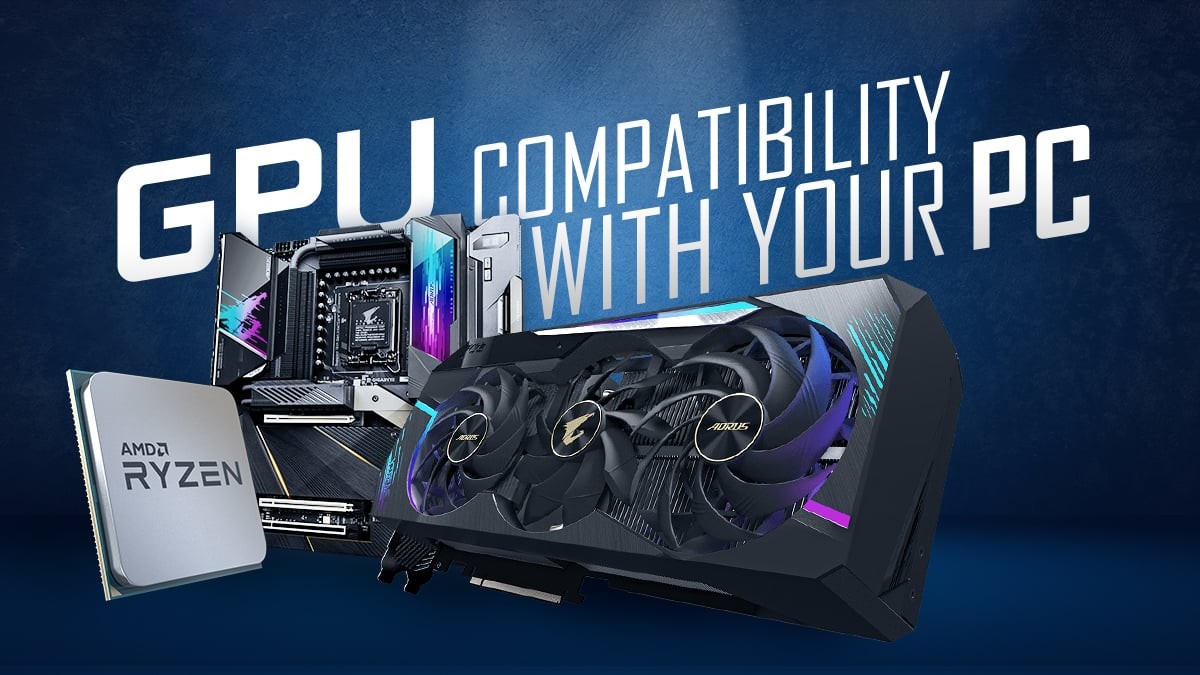
The rise of graphics processing units (GPUs) played a significant role in the advancement of gaming graphics. GPUs allowed for more complex calculations, leading to more detailed and realistic graphics. This section explores the role of GPUs in the evolution of gaming graphics.
The journey of gaming graphics from simple pixel art to hyper-realistic landscapes has been a remarkable one. As technology continues to advance, we can expect gaming graphics to continue to push the boundaries of what's possible, offering ever more immersive and engaging gaming experiences. This exploration has offered a glimpse into the past, present, and potential future of gaming graphics, highlighting the incredible transformation this aspect of gaming has undergone.
